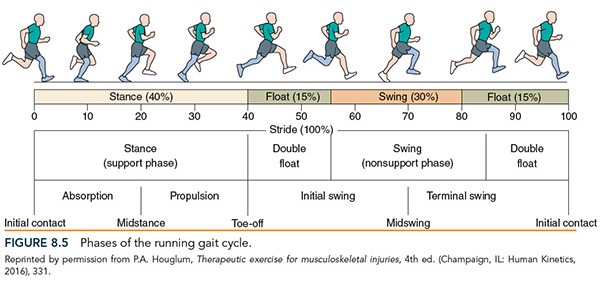How To Properly Run Up and Down Hills
Atlanta is the place where the players go to play. It’s also the land of heat, humidity, and HILLS! If you are a runner and do not know how to adjust your biomechanics to tackle the elevation correctly, you will be miserable and maybe even injured. This week, I am sharing a few tips (based on the research) to help navigate both uphill running (UH) and downhill running (DH) better.
Here are the characteristics of uphill and downhill running from a biomechanics perspective

Biomechanical Features of Uphill Running
- Higher step rate
- Increased internal mechanical work
- Shorter swing and float phase duration
- Progressive adoption of mid to forefoot striking
- Running speed decreased by 0.1-0.3km/h for
- every 1% change in the gradient
- The lower limbs perform more net mechanical work during uphill running than flat and downhill running. The increased demand for work during uphill running is met by an increase in power output at all joints, particularly at the hip, which induces greater muscular activity compared to LR and DR and, in turn, a linear increase in the energy cost of running.
- The calves and Achilles are more active than flat or downhill running.
Strategies To Improve Uphill Running
- Lean forward from your hip to shift center of mass up the hill
- Take shorter and faster steps (decrease stride length and increase cadence)
- Do three-way calf raises of the bent knee and a straight variety to strengthen the soleus and flexor digitorum longus, tibialis posterior, and flexor hallicus longus to meet the demands of uphill running.
- If you are going for a time during a hilly race, you will have to increase your effort uphill to offset the natural slowdown.
- Take time for your joints by doing regular mobility, recovery, and supplementation. Doing these things will help offset the increased demand on your joints by uphill running.
- Avoid pushing off (think avoiding jumping up the hill and just pick your feet up)
- Avoid hills if your Achilles or calves hurt!
Biomechanical Features of Downhill Running
- Similar foot contact with ground time to level running
- Tendency towards higher aerial time & lower
- step rate
- Progressive adoption of a rear foot strike pattern to decelerate the body
- During downhill running, energy is dissipated and not generated. Practically, that means the force created by your foot slamming into the ground is not rebounded back into your body.
- Increase in tibial (shin bone) shock and impact force
- High eccentric (negatives in the gym) force on the muscle tissue as they work to decelerate your body, which means your muscles are working HARD.
Strategies To Improve Downhill Running
- Take short, quick steps (i.e., increase cadence)
- Shifting body weight up the hill (lean back) to decelerate yourself. Doing this also decreases the load on the tibia and the eccentric load on muscles.
- Don’t heel strike! Focus on landing the foot right underneath your hip.
If you are a runner, try these strategies out! They will help you be a less miserable runner here in the ATL.
If you struggle with running biomechanics or pain, you should see me for what I call ” Bulletproof Runner Assessment.” It’s a deep dive into your running biomechanics via a gait analysis, runner joint mobility screen, runner strength structural balance assessment, and personalized assessment to help you find the best running shoe (unless you are a barefoot purist, then the conversation is different). Learn more.



